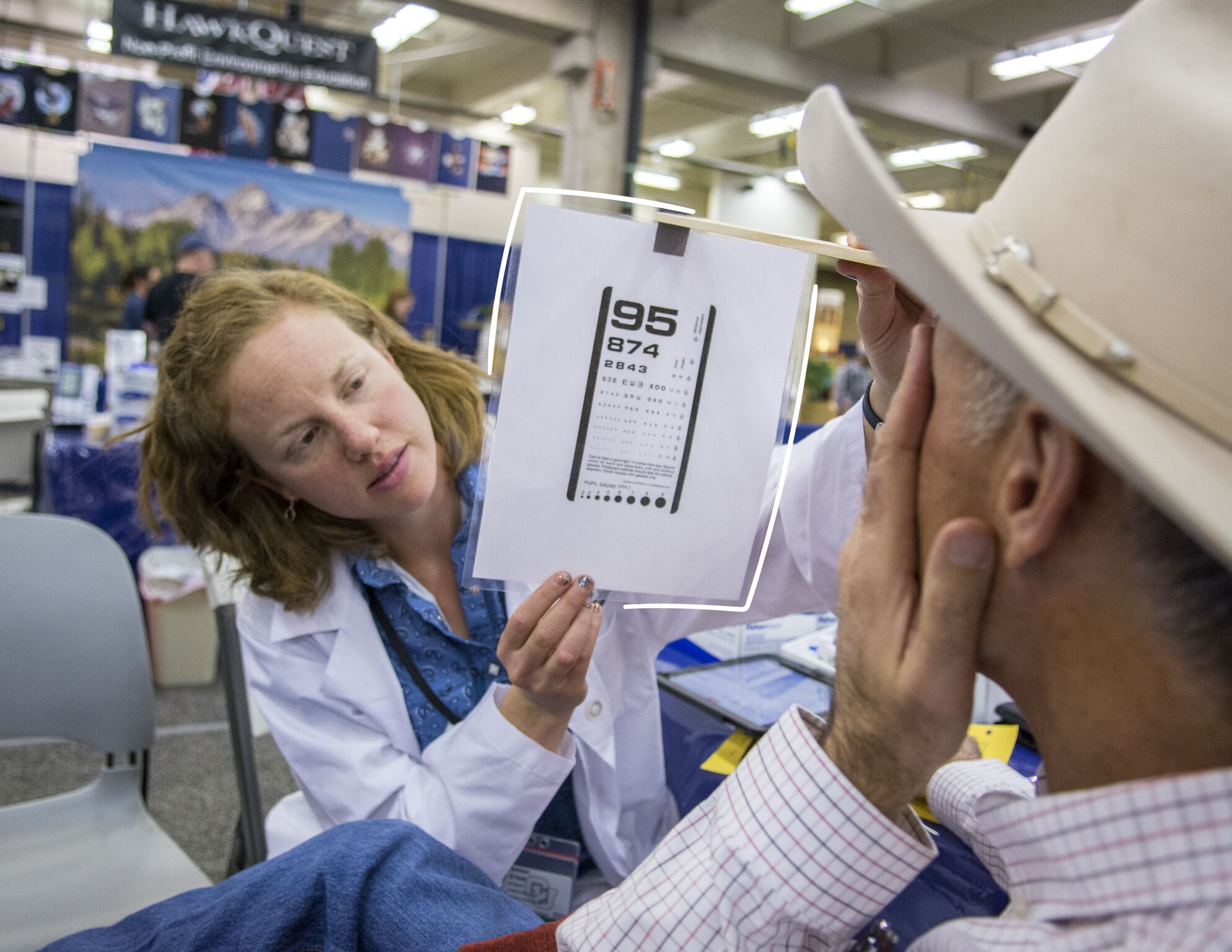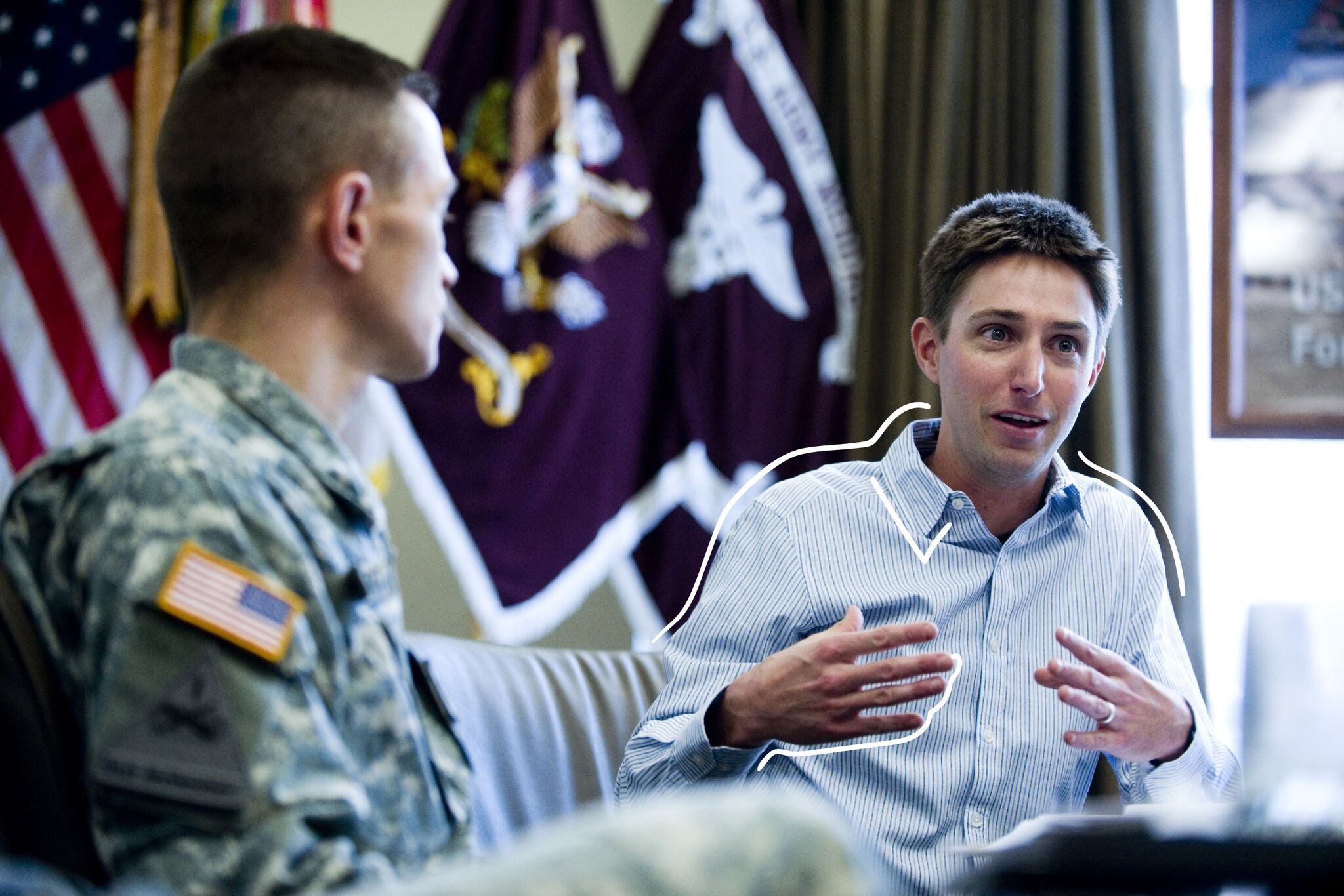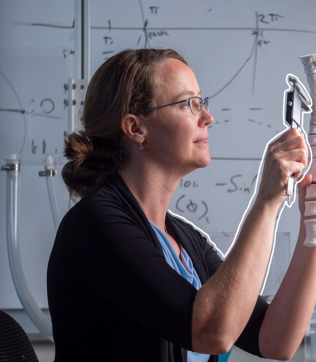Programs with diverse goals—student wellness, strong journalism, public safety—add up to create a better Colorado
Scott Cao would talk with anyone who would listen.
As president of student government at CU Denver, he spoke with students, campus leadership, CU President Bruce Benson, the university's Board of Regents and more about how a student wellness center on the downtown campus would forge connections between the students and the campus.
Connections can help improve retention and graduation rates for a campus that's known for its inclusivity of all kinds of students—the first-generation, the working parent, the immigrant, the commuter. When students have a place to land between classes, instead of leaving campus for the day, they are more likely to feel connected to the reason they're there in the first place: to get an education.
In 2015, CU Denver students agreed. Sixty-one percent of students who voted backed an increase in student fees to fund the center in 2015. Seeing such a wave of student support, the Board of Regents voted 7-2 in favor of the center. The students' success also caught the attention of longtime philanthropists Lola and Rob Salazar who earlier this year invested $10 million to help fund construction and defray future student fees.
What began as a student-driven effort is now a symbol of CU's commitment to the well-being of the whole person and, in turn, society at large. By creating well-rounded citizens and environments that support them, future leaders can thrive.
"We are confident that the programming and physical amenities inside this building across the multiple dimensions of wellness will have a very positive impact on our students' experiences now and for years to come," Chancellor Dorothy Horrell told the audience gathered to celebrate the opening of the Lola & Rob Salazar Student Wellness Center in 2018.
The center supports the health of the whole student, not just their athletic goals or academic needs. If they are hungry, they can use the kitchen and food pantry. If they are tired, they can rest in the nap lounge. If they are stressed, they have quiet rooms to sit in and reflect. If they are bored or lonely, they can play a pick-up basketball game or ping-pong.
At the bike shop, students can learn maintenance tips for their ride, both two- and four-wheeled.
The movement loft offers a panoramic view of the Tivoli Quad, the Platte Valley and the Front Range.
Four study rooms on the first floor are ideal for breakthroughs and brainstorming for small groups or solo projects.
The 38-foot climbing wall offers 10 routes and overlooks the city at their doorstep.
"This is about planting the seeds for future CU Denver students to form an identity and sense of community," Cao says.
Answering the call to serve
CU's myriad programs are an assemblage of tremendous imagination, ingenuity and innovation—with seemingly disparate impact coming from leading-edge scientific research, community health outreach or the education of tomorrow's leaders. But it's the sum of these parts that demonstrates the true magnitude of the University of Colorado's best in the world. While the impact that the Student Wellness Center has on CU Denver students is substantial, it is collective impact that is most transformative.
The Norlin Charge, given by former CU President George Norlin to graduates in 1935, expresses this idea another way: "The university is not the campus, not the buildings on the campus, not the faculties, not the students of any one time—not one of these or all of them. The university consists of all who come into and go forth from her halls, who are touched by her influence and who carry on her spirit."
It is this connection, not only to CU but to each other, that calls people across the university to serve their communities.
No one understands that commitment better than Colorado Springs Fire Chief Ted Collas.
A 33-year veteran of the city's fire department, Collas is on the board of the Public Safety Initiative at UCCS. Started in 2017 thanks to a $1.4 million philanthropic gift, it provides affordable training and education services to law enforcement and public safety personnel in the Rocky Mountain West.

Through these services, Collas and his colleagues in police, fire and rescue departments can learn about a range of topics facing first responders today: leadership, ethics, officer wellness, school safety, cybersecurity, diversity and policing in multicultural settings.
Continuing education and professional development for first responders can be costly and the waitlists for training are long. The Public Safety Initiative seeks to remove those barriers, bringing first responders of all kinds together to learn together and from each other. For example, in a mass shooting, a firefighter might work to save the victim's life, while a police officer tries to preserve a crime scene.
Understanding that their goals are different—sometimes even at odds with each other—while trying to work together is critical to protecting a community.
"Rarely do you see anything where law enforcement and firefighters come together under one roof and learn shoulder to shoulder about how they can use their chosen professions together to accomplish a goal," Collas says. "The Public Safety Initiative was just a perfect forum to do that in. The better that first responders are, the better that they are working with one another to accomplish the goal of public safety and the better that's going to translate to the citizens they're protecting. We are working together for their common good."
Here are other ways CU is committed to strengthening Colorado's social fabric:
- The annual Colorado Business Economic Outlook has provided research and forecasts for employers and the workforce across critical economic sectors, from agricultural to startups to real estate, for more than 50 years.
- The interdisciplinary Grain School program, thanks to philanthropic support, teaches growers, millers, bakers, brewers and consumers about the benefits of ancient and heritage grains while building a sense of cultural and local pride in food production.
- Denver city officials turned to CU for an analysis on a 2017 pilot program to help the homeless find jobs and build confidence as they rejoin the workforce. As a result, the city increased the program's budget by almost 75 percent and is expanding support for those transitioning from day jobs to longer-term employment. A collaboration of 10 city agencies, the pilot program put 284 individuals to work. Thanks to the data-driven recommendations by CU, the city plans to do more.
- Every year, CU Anschutz students provide free health screenings at the National Western Stock Show in Denver for thousands of adults and children, especially those from rural and underserved communities. It is also an opportunity for hands-on learning for CU medical student volunteers. The program is offered in partnership with Colorado Area Health Education Center. It anticipates screening more than 2,700 people this January.

'A game-changer for my family'
Through its programs and people, CU builds lasting partnerships in its communities.
Take for instance the new partnership between UCCS and UCHealth Memorial that is sharing the cost of educating nurses to meet a looming national shortage. It's predicted that 1 million additional nurses will be needed in the United States by 2024 to replace outgoing nurses and serve the health care needs of the Baby Boomer generation.
Kristen Calderon plans to be one of those nurses.
She went into nursing after watching her father fall ill with Gulf War syndrome; she became an oncology nurse after hearing stories about her brother's admiration for his chemotherapy nurses. He died from cancer when he was 8 and Kristen was 3.
When she took a job with UCHealth, she knew she would have to complete her BSN degree in the next three years to stay compliant with the hospital's standards of excellence. She was resigned that she would have to take on more college debt for that to happen, but now the program is covering most of the cost.
"This partnership is a game-changer for my family," Calderon says. "It makes me want to work harder. I just feel good that UCHealth and UCCS see that I'm a good person, a hard worker and I will not disappoint."
Inspired and ambitious work
Philanthropy at CU is also upholding one of the pillars of a healthy democracy: the free press.
The Center for Environmental Journalism at CU Boulder focuses on journalists' professional development. The Ted Scripps Fellowships serve as a lynchpin, bringing working journalists to campus for a full academic year. The first class in 1997 had four fellows; this year, a $2.47 million gift commitment is building on the program's success, which has 100 former fellows.
"A strong society needs strong journalists who are informed and inspired to question the very mechanics of our government and culture," says Dave Philipps, a Scripps fellow from 2011-12. "We all benefit by making sure inspired and ambitious people are given the skills to do great work."

As a Scripps fellow, Philipps learned lessons while writing a book about the plight of wild horses in the West. That prepared him to be the kind of reporter who wins Pulitzers. In 2014, he was awarded the coveted prize for his investigative series at the Colorado Springs Gazette about the mishandling of benefits for soldiers injured during war. Philipps now covers issues facing active duty and military veteran issues for The New York Times.
"For me environmental journalism was a lens to think about storytelling and understanding the promise and flaws of government, policy and science," he says. "The reason people complain about journalism today is the very reason we need to invest in programs like the Scripps fellowship. When we don't, we're stuck with cheap and often uninformed commentary versus newsgathering. I fully share people's frustrations who hate that junk media. That's why I spent my life trying to do better, and I think the Scripps program does the same."


